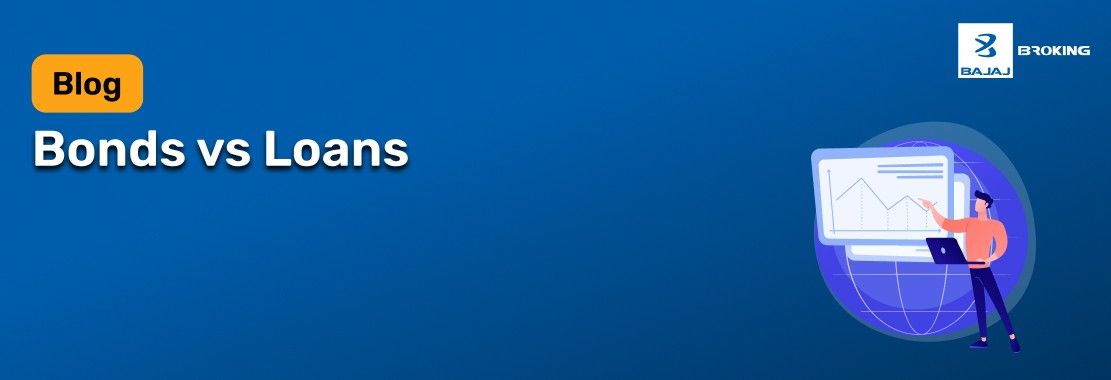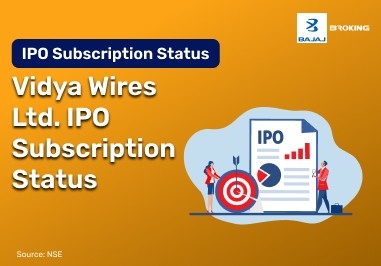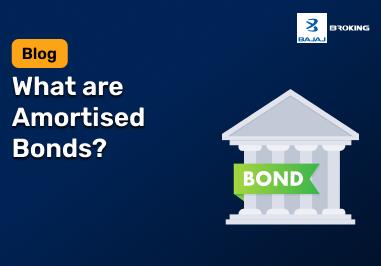In finance, two common methods of obtaining funds are through loans and bonds. A bond is a type of debt that companies or governments sell to investors. A bond issuer agrees to pay interest on the money received by issuing the bond for a period of time, after which the issuer repays the bondholder, known as maturity. A loan is a different type of arrangement. A loan is an arrangement in which a lender provides money to a borrower, who repays the lender with interest over a specified time period.
Both products enable a person to meet their economic needs. So understanding the differences between bonds and loans will help you utilise one or the other correctly. This information can also be helpful when exploring other products, including borrowing against a bond holding.
What are Bonds?
A bond is a form of debt. When you buy a bond, you are lending money to an entity such as a company or a government for a limited period of time.
The lender has agreed to pay you interest on this money loaned to them at some specific interval, often called a "coupon". This gives you a guaranteed stream of cash.
The issuer pays back the bond's face value, which is the amount of money the investor put in, on the maturity date, which is the end of the bond's term.
What are Loans?
A loan is an agreement to lend someone money. A lender (usually a bank or other financial institution) and a borrower (a person or a business) are the two parties.
The lender gives the borrower a set amount of money. This contract is legally binding and has rules for how to pay it back, how much interest to pay, and how long the loan will last.
The borrower must pay back the loan's principal and interest, usually in scheduled payments like Equated Monthly Instalments (EMIs), over the loan's set period.
Loans vs Bonds
Parameter
| Bonds
| Loans
|
Definition
| A type of debt that companies use to borrow money from many different investors.
| A loan agreement between a bank and a borrower.
|
Issuer/Lender
| These are given to the public or other organisations by businesses, governments, or institutions.
| Banks or other financial institutions give it directly to people or businesses.
|
Borrower
| The person who gives the bond.
| The person or group that gets the loan.
|
Repayment Structure
| Paid back at maturity with regular interest payments, which are sometimes called coupons.
| According to the loan terms, you can pay back the loan all at once or in instalments.
|
Tradability
| Can be sold in secondary markets before they are fully grown.
| Not able to be traded; stays with the lender and borrower who made the deal.
|
Collateral Requirement
| You can tell if a bond is safe by what kind it is.
| Usually needs collateral, especially for bigger loans.
|
Regulatory Oversight
| Regulators like SEBI in India and the SEC in the U.S. keep an eye on them.
| It is the responsibility of banks and other financial institutions.
|
Flexibility
| Not as flexible; once the terms are set, they can't be changed.
| Can be changed to meet the borrower's needs.
|
Investor Base
| Can get a lot of institutional and retail investors interested.
| Limited to a single financial institution.
|
Cost of Funds
| Because of competition in the market, it might be lower for issuers with a good reputation.
| Depending on the credit profile and the deal, it could be higher.
|
When is taking a Loan Against Bonds Beneficial?
You can borrow money against a bond if your finances are in a certain way. For example, if someone needs cash right now but can't sell their bond assets, they can pledge them for a loan. This lets them get the money right away while keeping the investment.
This strategy can also be used when the bondholder wants to maintain the interest payments on the bond for a while or when the market is not good for selling bonds. It also gives you more options for meeting your financial commitments and doesn't get in the way of your long-term financial planning.
But this type of finance is usually good if the bonds' value isn't going up and down a lot and the borrower believes they can pay back the loan on time.
Additional Read: What is a Bond? Meaning & Examples
Benefits of Taking a Loan Against Bonds
You can borrow the money on your bonds whenever you need the money, but do not want to liquidate your investments. You can access cash immediately after you have sold your bond portfolio. The widespread advantages are the following:
Keep Your Bonds: This is in the sense that you still can enjoy any interest earnings or capital gains even when this is pledged as security.
Reduced Interest Rates: The lender is less risky due to the backing of the loan by your bond assets. This usually means lower interest rates than personal loans that aren't secured.
Easy Access to Money: The process of applying for this loan is usually faster than for other loans. Whenever the collateral has already been secured, then there is very little paperwork involved, and this will imply that the money will be disbursed sooner.
No Need to Liquidate: You do not need to sell your bonds to get cash using this loan. It is good when the market is unfavourable because it prevents you from committing a loss.
Flexible Lending: The lender can provide the loan in either a line of credit or a flexible overdraft. This makes it easier for you to get cash when you need it instead of having to wait for a big payment.
Risks and Considerations in Loan Against Bonds
Considerations to be made before borrowing against a bond are:
Market Price Risk: With a decline or increase in the market prices of your bonds, the lender might demand an extra sale of the collateral or a down payment of the loan.
Credit Quality Risk: The issuer of the bond or the credit quality is to be taken into consideration. Bonds with a low credit rating may not be lent against, and only loans with a lower LTV(loan-to-value) are issued.
Repayment Risk: When you do not repay the loan as anticipated, then the lender can sell the pledged bonds in order to repay the loan.
Eligibility Restrictions: Each lender has its own policies about which bonds will be accepted as collateral, so it is possible that not all bonds in your portfolio will be accepted for that reason.
Term and Fees: Ensure you are fully aware of all fees associated with the loan. The possible charges are the creation charge, the penalty imposed on premature repayment and restrictions relating to the individual terms of the loan.
How to Apply for a Loan Against Bonds?
Typically, the steps to getting a loan on bonds will involve these procedures:
Verify Your Bonds: The first thing you want to do is check the bonds you already have. Lenders want quality collateral (government bonds or corporate bonds that are highly rated), and the more you have in qualified bonds to borrow, the higher the value of collateral to lend you.
Alternative lenders: Shop around at several banks and NBFCs that market this product, and see which products each institution offers. Look at interest rates, fees (processed fees), loan-to-value (LTV) ratio and repayment period interest rates.
Determine eligibility: All lenders have a different checklist as to whether or not they allow you to use your bonds to loan money. They may have minimum bond values, minimum credit ratings, or only allow certain bond types. Before you apply, enquire as to whether you are eligible.
Providing documents: You will be required to provide proof of identity and residency, a Demat statement for your account/bond certificates, and then a filled-out loan application agreed to by the lender or their representative.
Review and Approval of Applications: The lender will need to review your documentation and check the bonds' market trading levels, as well as confirm your eligibility insurance, to determine whether you meet their criteria. Once everything is reviewed and approved, you will receive notice that the lender will provide the loan for the bonds submitted.
Sign the Loan Agreement: You need to sign the loan agreement after the loan is approved. This contract has all the information, such as the interest rate, the length of the loan, and what kind of collateral is needed. Before you sign it, read it carefully.
Disbursement of Funds: The loan money is disbursed immediately after the contract has been signed. On many occasions, the money gets instantly into your bank account in a couple of business days.
Conclusion
To make intelligent decisions about what a borrower or investor wants to achieve, it is worth knowing the distinction between a bond and a loan. Loans are a fast way of accessing cash; a bond is a long-term investment, which never goes to waste. But a loan against a bond lets people keep their money and get cash quickly. When thinking about how to incorporate this option into your plans, you need to think about the conditions, risks, and advantages of loaning against a bond. Using this method, you can get cash without giving up your chance to make money.














